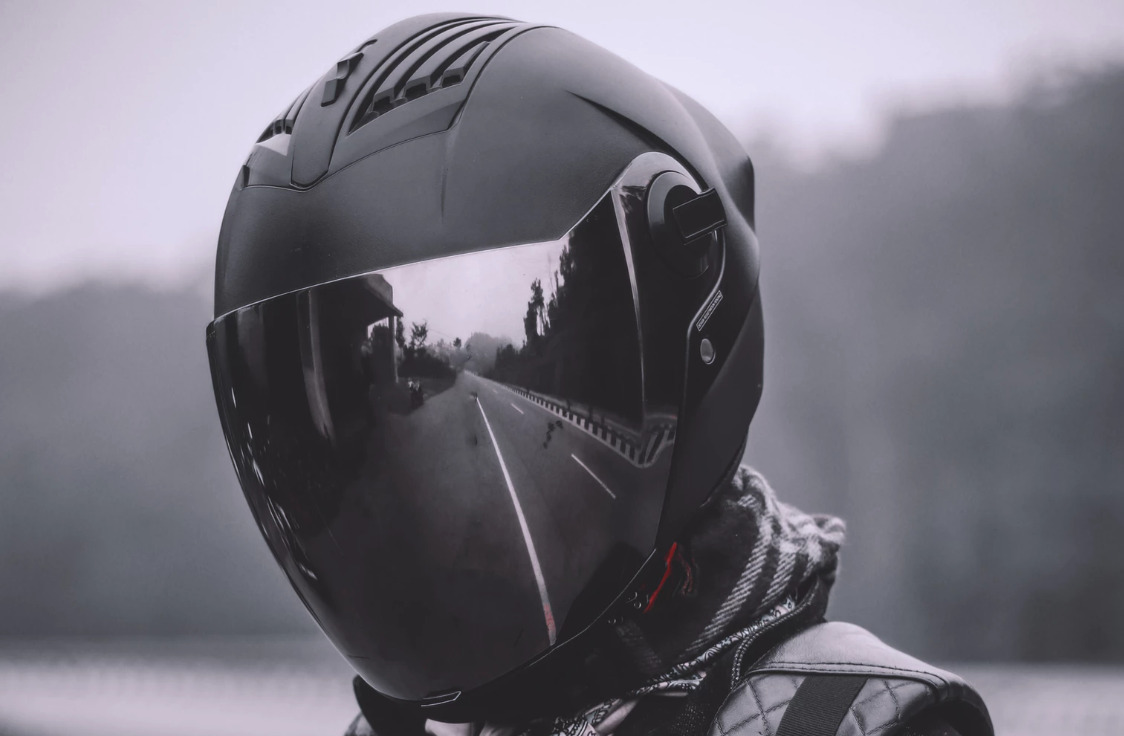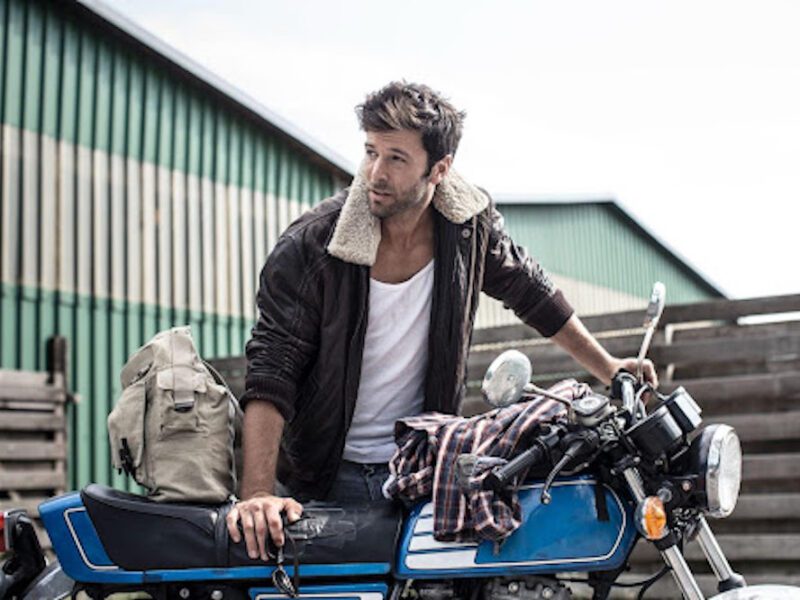
How to choose a safe motorcycle helmet
We all have our own idea of what a motorcycle helmet should look like, but there are many factors that influence how we choose our helmets. From the style to the size, there are a lot of choices. To help you find the best motorcycle helmet, we’ve put together some of the key things that you need to consider when buying a motorcycle helmet.
A motorcycle helmet is a vital piece of gear for any rider. There are many different types of motorcycle helmets, and each type is designed to protect you in a specific way.
Riding a motorcycle isn’t just about the thrill of getting on your bike and riding away. Safety is also very important and it is something that needs to be considered when purchasing a motorcycle helmet. As you ride, you need to make sure that you’re wearing the right helmet that will protect your head. In this article, we’ll take a look at what to look for in a motorcycle helmet.
In 2015, motorcycle helmets saved an estimated 1, 772 lives, and could have saved an additional 740 lives, had the motorcyclist worn a helmet. Whether your state requires wearing a motorcycle helmet by law, you should ALWAYS ride with a helmet. We’ve assembled a guide on the different things to look for when choosing the safest motorcycle helmet, from motorcycle helmet types and safety standards to helmet fit and safety features.

The Safest Motorcycle Helmet Type
The safest motorcycle helmet type is the full face helmet. Full face helmets offer the best protection from the environment you’re riding in, whether it be inclement weather or debris and bugs hitting your visor.
This is a very important safety feature on a motorcycle helmet. The chin bar is designed to protect the rider’s chin and jaw from impact. It also helps prevent the rider’s head from hitting the handlebars or the ground when he or she falls off the bike.
Motorcycle Safety Helmet Features
In addition to a shock-absorbing liner, it’s important to have a comfortable helmet. A good helmet will keep you safe and comfortable as you ride.
A helmet should have EPS foam in the lower area to adequately protect the face and jaw. When considering a helmet, always look for a shell built design. It is the first line of defense that protects your head to avoid direct contact with the road. Choose another helmet if the helmet you picked doesn’t have thermoplastic or reinforced composite shell like polycarbonate.
There are two types of helmets: full face and open face. A full face helmet covers the entire face, including the eyes, nose, and mouth. Open face helmets are designed to protect the ears and neck, while still allowing for vision.

Does More Money Mean Better Safety With Full-Face Motorcycle Helmets?
A helmet that meets the Snell Foundation standards is a great choice for anyone who rides a motorcycle. However, there are many other factors that go into the selection of a full-face helmet. For example, a helmet that is too large or too small can make you feel claustrophobic, or even worse, cause neck injury. There is a fine line between safety and discomfort.
To determine the price of your helmet, you need to consider a few factors. First, what features does your helmet have? Second, how comfortable is the helmet? Third, how well does the helmet fit? The cost of a helmet is also driven by the materials used to make it.
Helmet Safety vs. Brand Reputation
If you are looking for a good helmet, there are many to choose from. Some are just as good as others, and you need to decide which brand has the right fit and feel for you. There are many different factors to consider when buying a helmet, and you should make sure you choose one that is comfortable and fits well.
Motorcycle Helmet Safety Standards
The most important criterion of a motorcycle helmet is its safety rating. This means that the helmet must provide protection against injury in certain types of accidents. It’s important to note that there are several different standards that a helmet must pass. The Snell Memorial Foundation is the leading authority on head injury prevention and has developed the most stringent safety standard for motorcycle helmets. Their standard requires helmets to provide the following protection:
Snell Memorial Foundation (M-95 / M2000)
The Snell Memorial Foundation is an independent, nonprofit organization dedicated to promoting helmet safety. Their mission is to develop and test products that protect riders in all types of cycling and motorcycling activities. They are the first organization to certify helmets in North America.

D.O.T. (Department of Transportation FMVSS218)
The DOT standard is a standard to ensure that the helmets meet certain requirements and standards, such as safety and durability. When you buy a new helmet, you need to make sure it’s certified by the DOT standard.
When To Replace Your Motorcycle Helmet?
Helmets should be replaced every five years regardless of whether or not you have had any direct impacts that would jeopardize the impact protection of the helmet. The Snell Memorial Foundation studies have shown that the impact protection of a helmet decreases by as much as 20% after five years of regular use.
There is no evidence we’re aware of that suggests a well-maintained, undamaged helmet will suddenly lose its ability after five years. Deterioration is a gradual process, and many variables can slow down or speed up that process.
Choose the Right Helmet for You
Helmets come in all sizes and shapes, and finding the right one can be a challenge. But make sure that the chin strap fits comfortably and that the helmet fits snugly to your head. Also, make sure that you are wearing a helmet when you are riding your bike.
The use of helmets is one of the most important safety measures a motorcyclist can take. Unfortunately, some motorcycle accidents are caused by the use of faulty or unsafe helmets.







